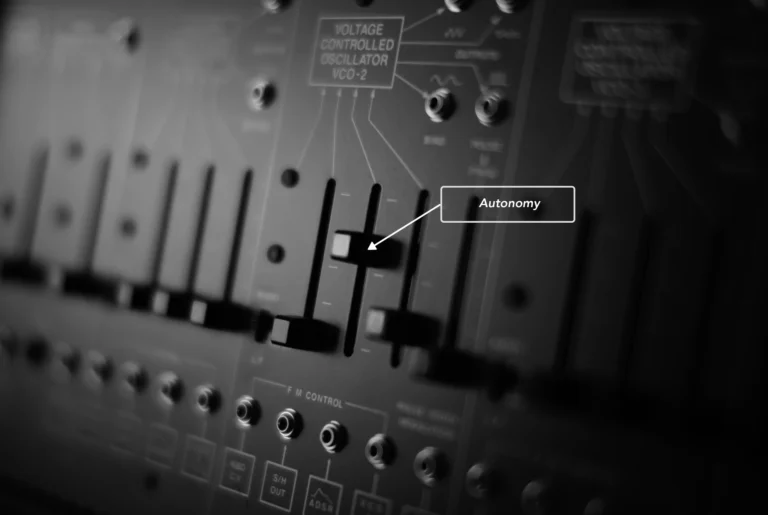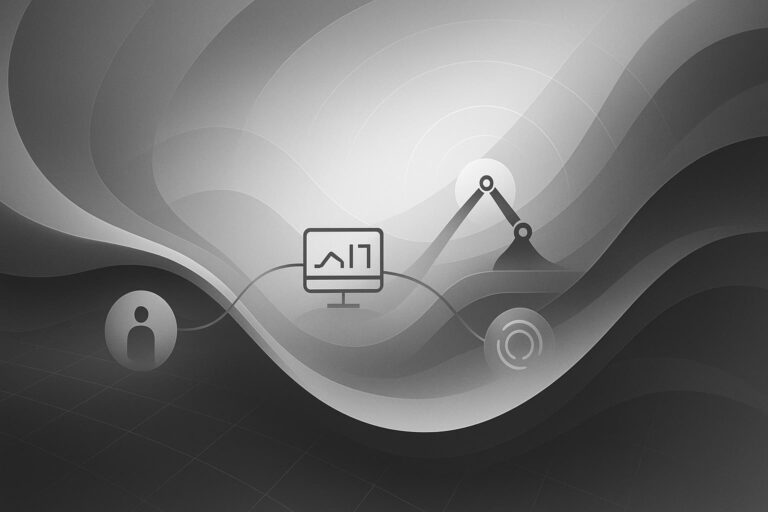So you’ve started a robotics company.
Fundraising has provided enough to get off the ground, you’ve hired an excellent team, and have a few pilot customers ready to take a bet on your hardware. You’re completely prepared- or so you think.
As anyone who works in robotics and tech knows, sometimes the smallest issues can quickly push your growth plan off track, but we’re going to focus on one aspect you may not have considered: the unexpected costs of robot operations.
Once the few first customers trickle in, early robotics-as-a-service (RaaS) companies must rapidly shift their mindset from solely perfecting the robot hardware and software solution to supporting growing operations that will only continue to scale as the customer base does.
There are quite a few costs of robot operations that RaaS companies should plan for as they deploy to their first few customers, but what are some of the most critical costs teams should pay attention to?
Labor & maintenance costs
Although the autonomy of robots is continuously improving, there is still the simple truth that they aren’t set–it-and-forget-it machines, and they still require human aid to function.
For robotics companies, labor and maintenance costs are closely tied- scaling up or down, staff numbers will need to adjust accordingly to meet the demand for both the robots and the cloud tools to manage them.
Hardware
As RaaS companies scale their fleets, support staff will need to do the same. Each customer, no matter the number of robots, will run into errors with their robots that will require human support from the RaaS provider.
A subscription-based model for robots means customers don’t own the robot- which can come with advantages for scalability but means all costs of the maintenance of the hardware falls to the RaaS provider. From a robot having a simple error to a damaging injury due to a fall or crash, there’s an expectation to have enough staff to address the issue in person and help in any way.
Recruiting, hiring, and training these staff members are all additional costs that will grow as the company does. No matter how advanced, a fleet of robots will require at least one field support staff member to help correct any issues or injuries to the robots that the customer cannot solve themselves.
Software
But it doesn’t stop at hardware.
As a RaaS provider, there’s a decision to build or buy a cloud robotics platform. Although there are advantages to both, an internal platform will require even more support staff on top of field support members. There are two costs to consider: development and maintenance. Developing the platform is a lot of upfront work, but so is the ongoing effort to maintain the tech stack particularly when it comes to labor costs.
Even early-stage companies will need to dedicate at least one engineer to maintaining an internal platform for managing their fleet. But many scaling companies we speak with spend over $1 million annually just in salaries to support their internal cloud tooling, and that’s not including their AWS bill. RaaS companies need to factor these costs into their growth model and make sure they are making the right investments as they scale.
Integration with existing systems
Almost every customer of a RaaS company will have existing systems and technology that the robot and its systems will need to integrate with. Though you may think the majority of these costs fall to the customer (and many do) there are several costs that you need to consider. These costs can vary depending on the complexity of the customer’s system and the level of customization required by the customer’s needs.
After the standard work is done, RaaS companies may also need to customize their existing software or hardware to meet the specific requirements of the customer’s system, such as a warehouse management system. This can involve significant engineering costs, as well as the cost of acquiring any necessary tools or equipment.
Another unavoidable reality of integration is testing costs. These can involve significant time and resource costs, as well as the cost of any necessary testing equipment or facilities. And just as with general maintenance, RaaS teams also need to provide ongoing support to the customer to ensure that the integration is successful and any issues are addressed quickly, which can involve more training for staff.
Off-season costs
Something you may not have factored into your robot operations costs is the off-season. In some markets like field robotics that take place outdoors, robots will have an off-season where they aren’t needed. In farming, robots may not be required during the winter months when crops aren’t growing, or with field work, robots may not be needed for lawn care and mowing during the dead of winter. However, even during these periods, the robots will still incur costs that can impact a business’s bottom line.
The largest cost associated with off-seasons is storage. When robots are not in use, they must be stored in a safe and secure location to protect them from damage or theft- and these facilities should also be temperature-controlled to prevent any damage caused by extreme weather conditions. You also may not expect to perform much maintenance on the robots, but even when not in use, the hardware may need battery replacements and software updates so they’re ready to go as soon as the next season begins.
There is always the opportunity to widen the scope of a robot and offer the hardware for a different task, which will help to generate more revenue in the off-season. However, this can involve other costs such as extra transport and maintenance but it offers a way to get the most out of the hardware by offsetting its seasonal downtime.
Customer comms loop
Especially in models where robots are rented or leased, ensuring there are reliable communication channels is vital- but this can be costly, especially to build and manage internally. With the first robot a customer takes on, customers require support for everything from maintenance to data. RaaS providers must have effective communication channels to meet these needs or else they face a bumpy customer relations road ahead.
One major element of customer communication is providing customers with access to information about their fleets’ performance and status which is critical for customers to understand how their robots are functioning and to identify any issues or potential maintenance needs. In this process, providing customers with a seamless and convenient experience is essential to a successful deployment- however, integrating various communication channels internally, such as email, phone, and chat, can be complicated and costly, requiring significant IT resources and infrastructure at the cost of the RaaS provider.
And these costs continue as fleets scale and the platform requires maintenance. Bugs and crashes of the system are inevitable as with almost any technology, and can significantly impact customer relations if not addressed quickly, which as we mentioned with software, demands more engineers to handle as more robots are deployed, majorly raising labor costs internally.
However, by partnering with an external robotics platform like Formant, companies can avoid hefty customer comms costs with the added reliability of a cloud robotics platform. With Formant, customer portals hosted on the platform allow customers to access real-time data and performance information with ease. Customers and stakeholders can monitor and track the efficiency of their robots. Formant also offers APIs that enable teams to connect their data to support platforms like Zendesk and Intercom. With this offering, we help reduce the costs associated with customer communication channels and avoid the need for internal labor costs to meet the demand for maintenance.
The costs of robot operations can quickly become overwhelming, especially if you aren’t planning ahead of the first deployment. As you build and scale your robotics company, evaluate these costs at every stage to understand if you can handle the extra burden or need to outsource help.
If you’d like to learn more about how Formant can lessen the costs of robot operations, request a demo with our team.



